Your cart is currently empty!
Tag: cannabis-science
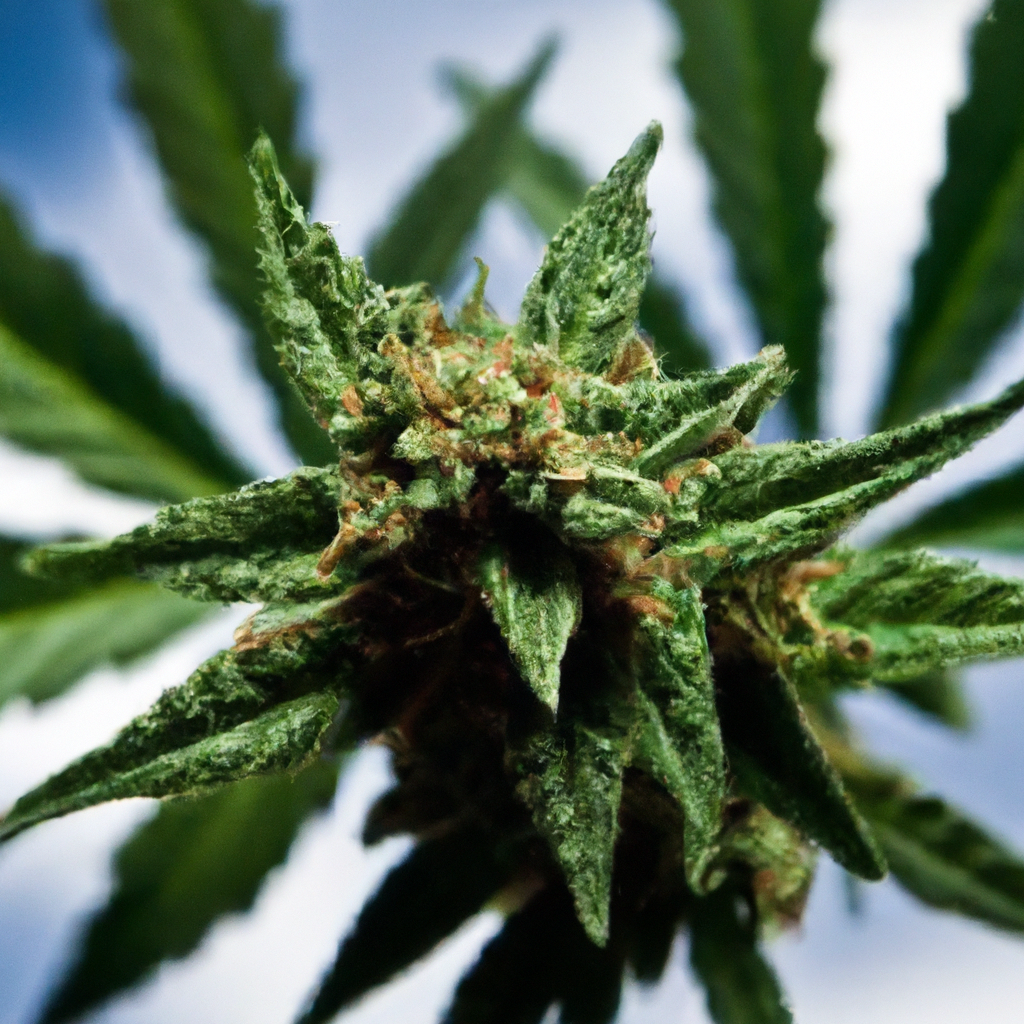
The intersection of cannabis and cognitive wellness merges ancient practices and modern science, exploring the effects of cannabis on memory, focus, and creativity. Key cannabinoids, THC and CBD, interact with the endocannabinoid system, influencing cognitive functions. THC can alter short-term memory, while CBD may offer neuroprotective benefits. Certain cannabis strains, including sativas, are reported to…
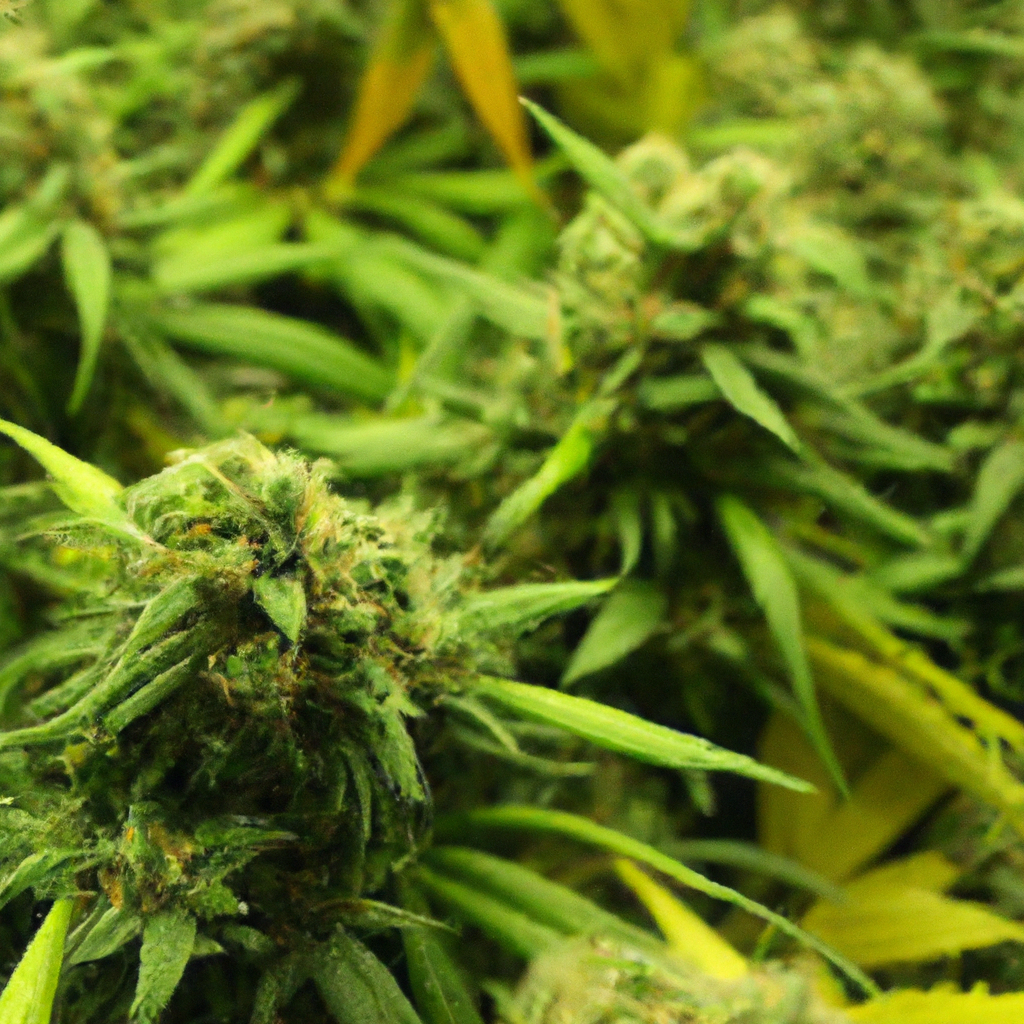
Harvesting cannabis requires precision and understanding of both timing and techniques, which can greatly influence the crop’s quality and potency. Different cannabis strains have varying harvest seasons: Indica strains are usually ready from September to early October, Sativa strains from late October to December, and hybrid strains vary based on their genetics. Key indicators for…
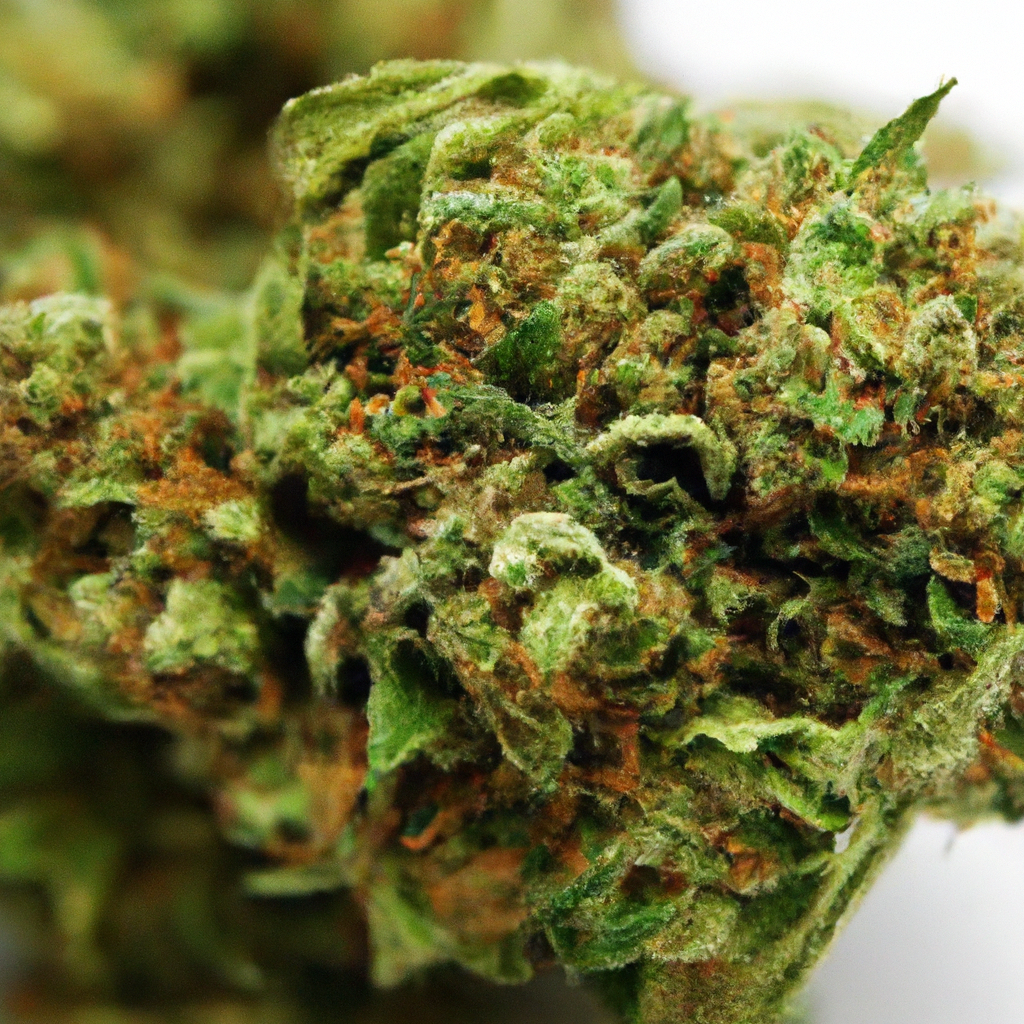
Explore the intriguing science behind the diverse aromas of cannabis, attributed to terpenes and other compounds. Learn how terpenes like limonene, myrcene, and linalool contribute not only to the scent but potentially also to the plant’s therapeutic effects and the “entourage effect.” Delve into the aroma profiles of popular strains such as Lemon Haze and…
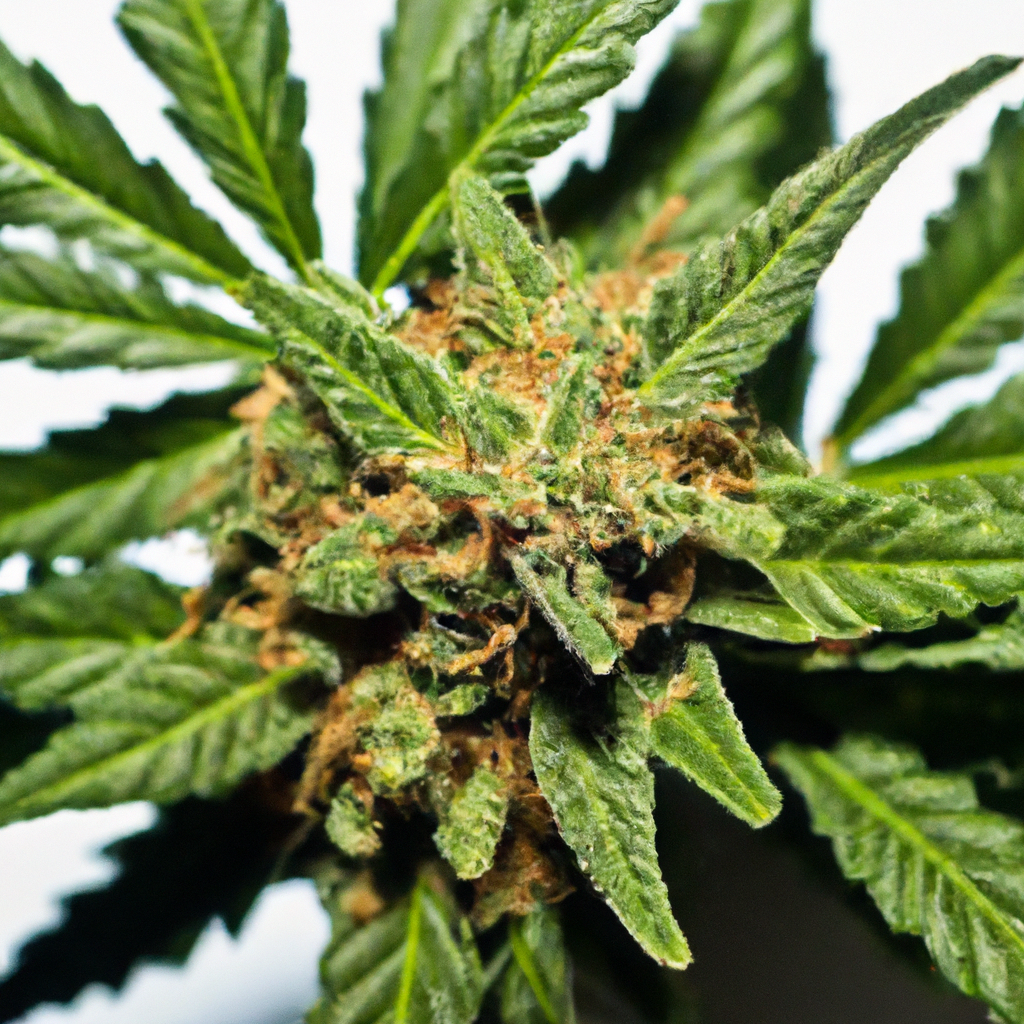
As the cannabis industry advances, so does the scientific understanding of how cannabis and its cannabinoids interact with neurotransmitters in the brain. This interaction provides insights into its therapeutic potential for neurological and mental health conditions. Cannabis compounds like THC and CBD affect neurotransmitters such as dopamine, serotonin, GABA, and glutamate, influencing mood, motivation, and…
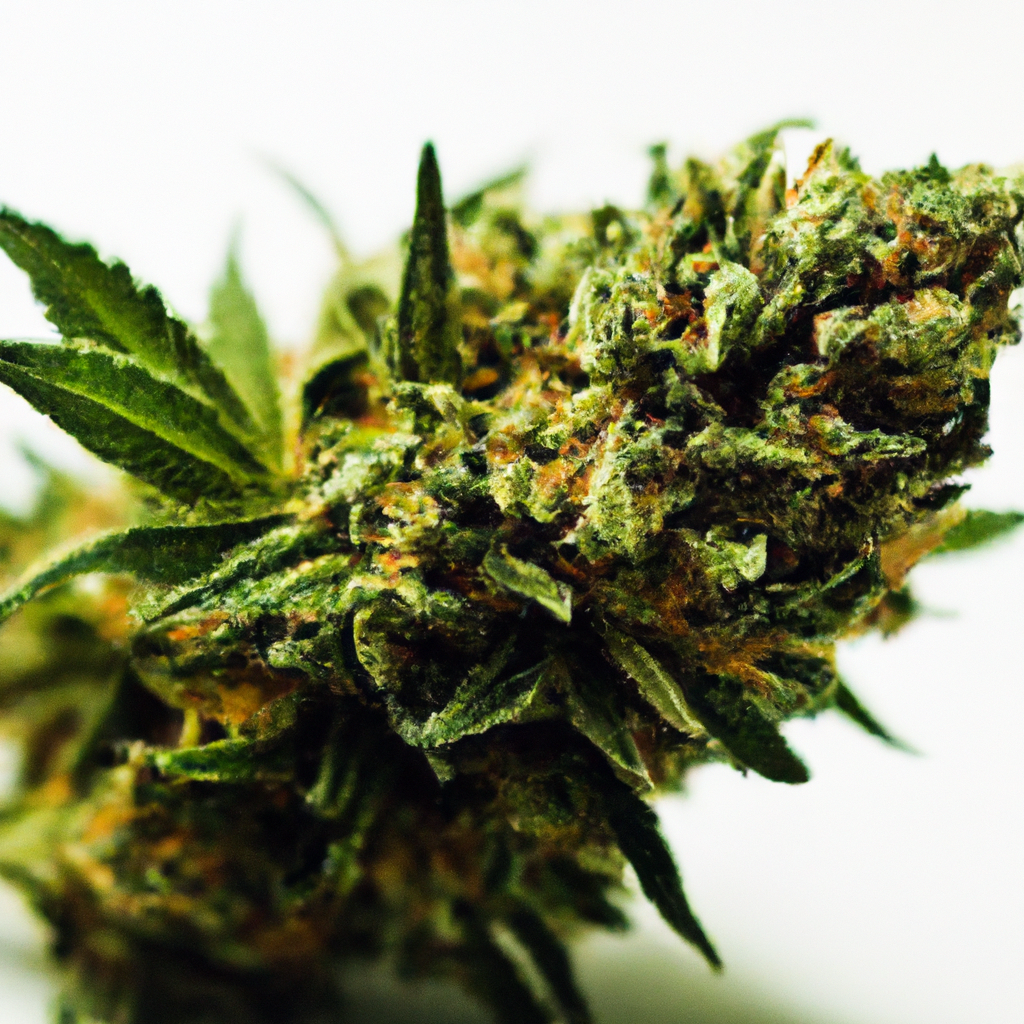
Cannabis has been linked with creative expression across history and modern contexts, with many artists, musicians, and writers attributing enhanced creativity to its use. This article examines how cannabis influences creativity by interacting with the brain’s endocannabinoid system, potentially fostering innovative thinking. Notable figures in music, visual arts, and writing have utilized cannabis to boost…
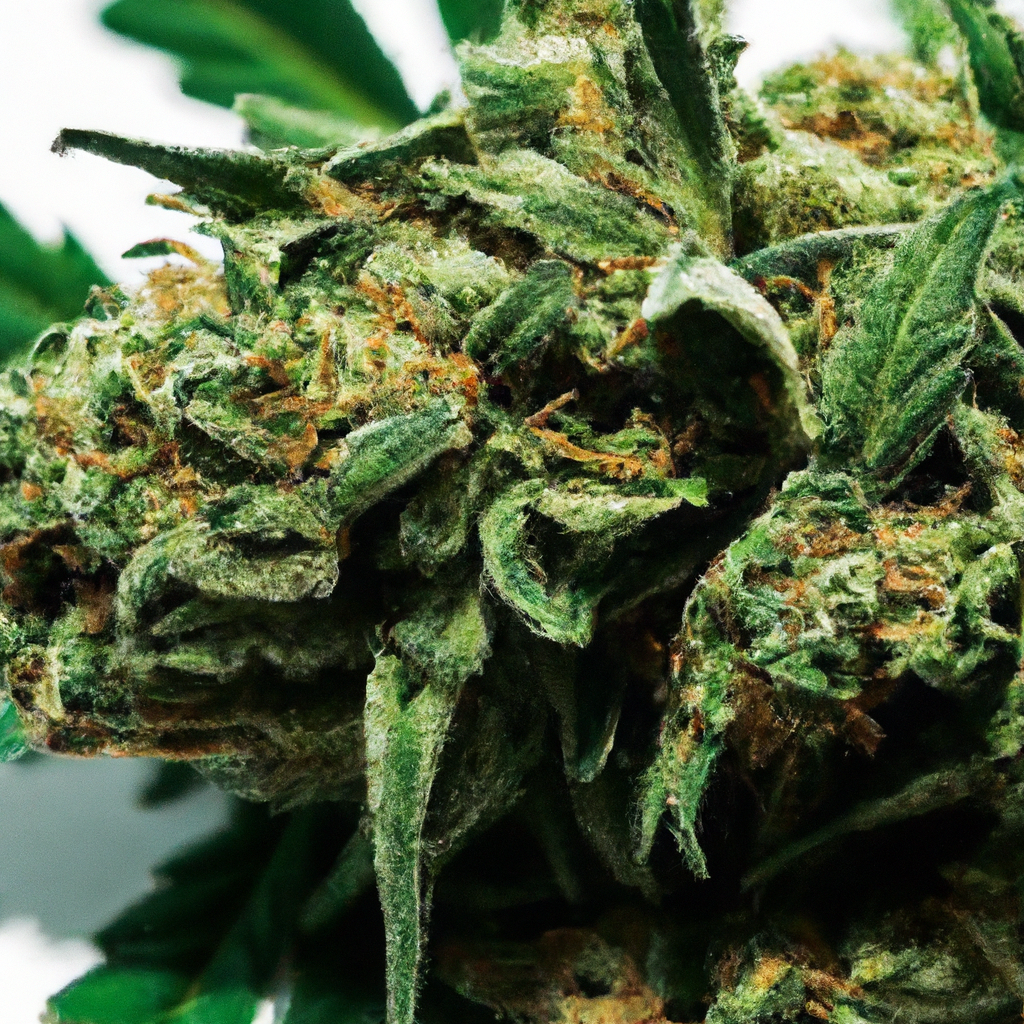
Cannabis is widely known for THC and CBD, but there are numerous lesser-known cannabinoids like CBN, CBG, and CBC offering unique properties and potential health benefits. CBN is linked to relaxation and improved sleep, while CBG is non-psychoactive with potential antibacterial and anti-inflammatory effects. CBC shows promise in pain management and neuroprotection. Although research is…
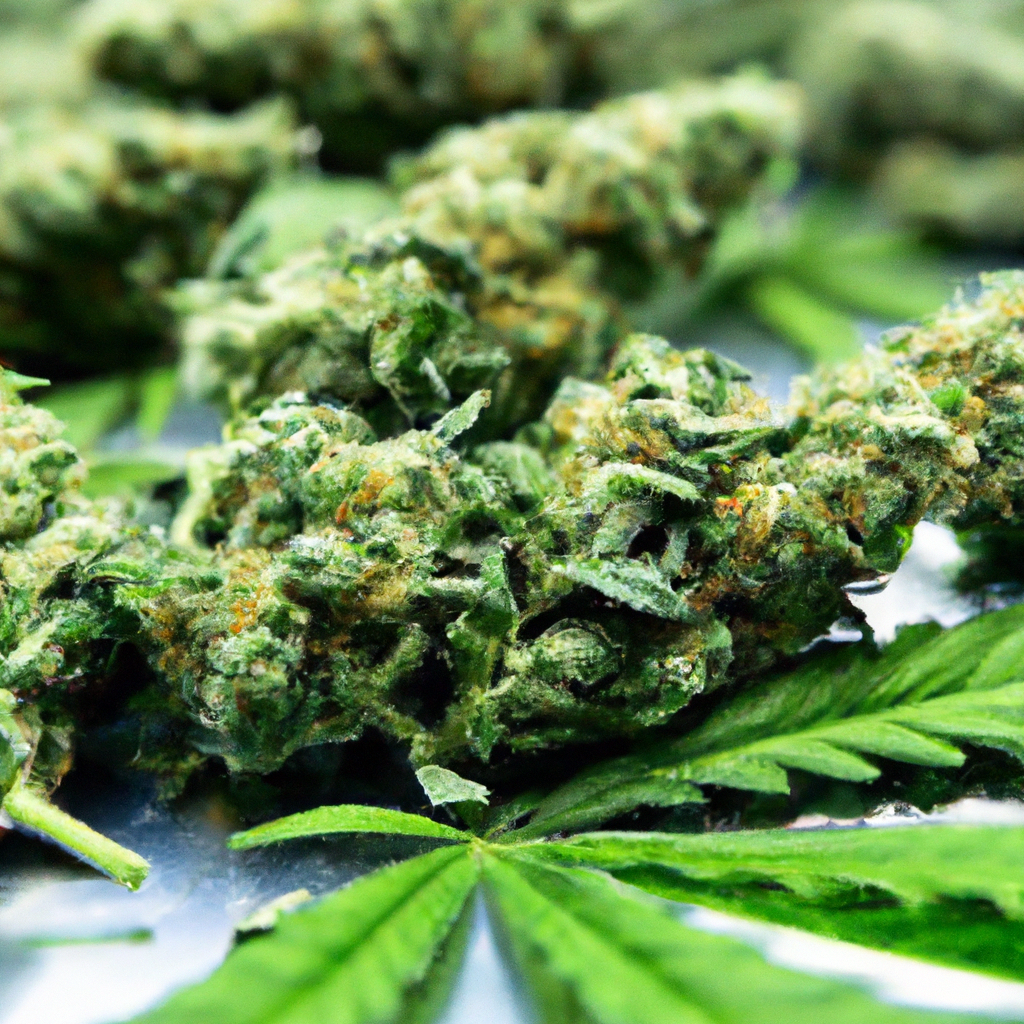
As athletes explore ways to enhance recovery and performance, cannabis emerges as a promising ally. Compounds like CBD and THC interact with the body’s endocannabinoid system to manage pain and reduce inflammation, essential for recovery. Benefits for athletes include pain relief, inflammation reduction, and improved sleep quality. However, athletes should consider potential risks, like THC’s…
Among the pantheon of intriguing cannabis strains, Pinkman Goo stands out with its distinct appearance and profoundly soothing effects. This article delves into the genetics, aroma, effects, and cultivation insights of this unique strain, making it a must-read for cannabis enthusiasts and cultivators alike. Pinkman Goo is a rare blend of Granddaddy Purple, Grape Ape,…
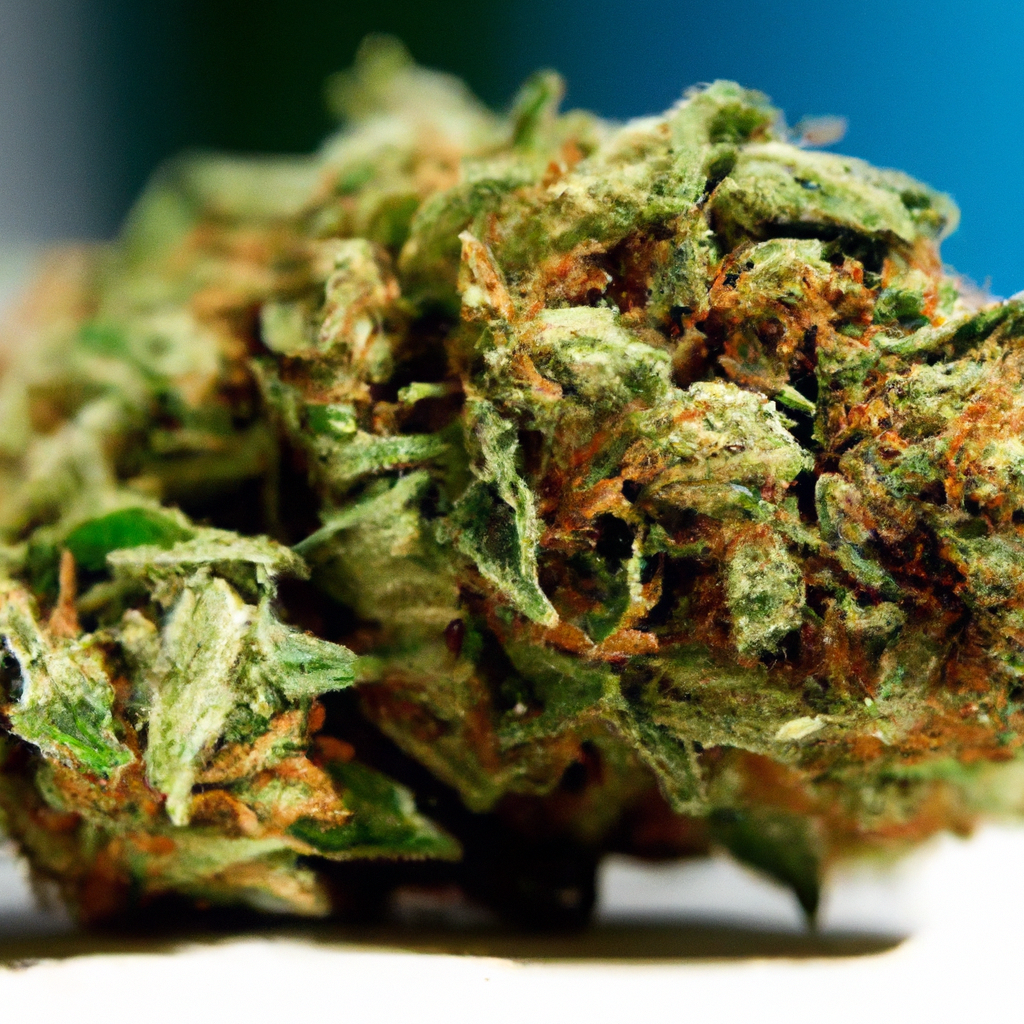
Cannabis’s effects on mental health are complex, with recent studies showing both therapeutic potential and risks. Cannabinoids like CBD may help alleviate anxiety and depression, while high-THC strains could increase the risk of psychosis in vulnerable individuals. Responsible consumption is key, involving consultation with healthcare professionals, starting with low dosages, and opting for CBD-rich strains.…
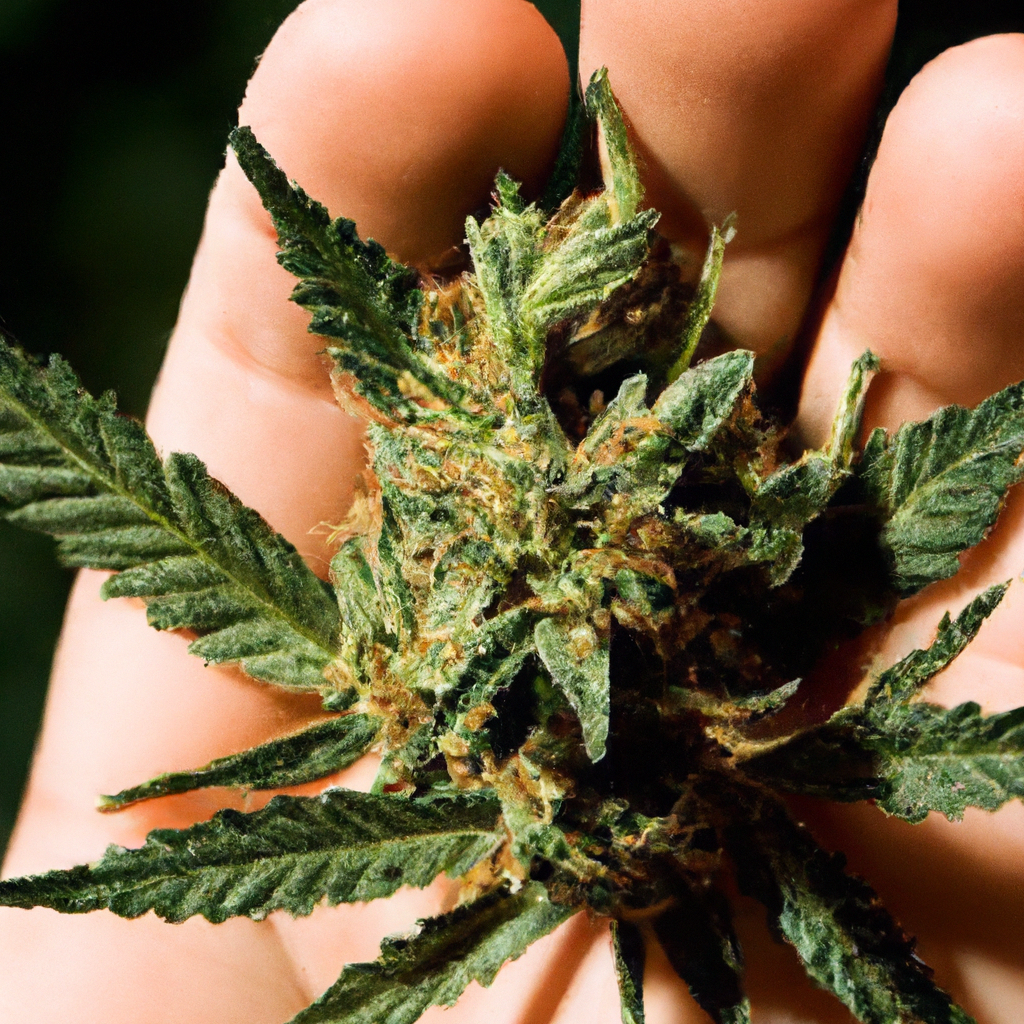
Sleep deprivation is a widespread issue, and recent studies suggest cannabis may offer a solution for improving sleep quality. This article explores how cannabinoids like THC and CBD interact with the endocannabinoid system to influence sleep patterns. THC can shorten the time it takes to fall asleep, while CBD promotes wakefulness and reduces daytime drowsiness…
